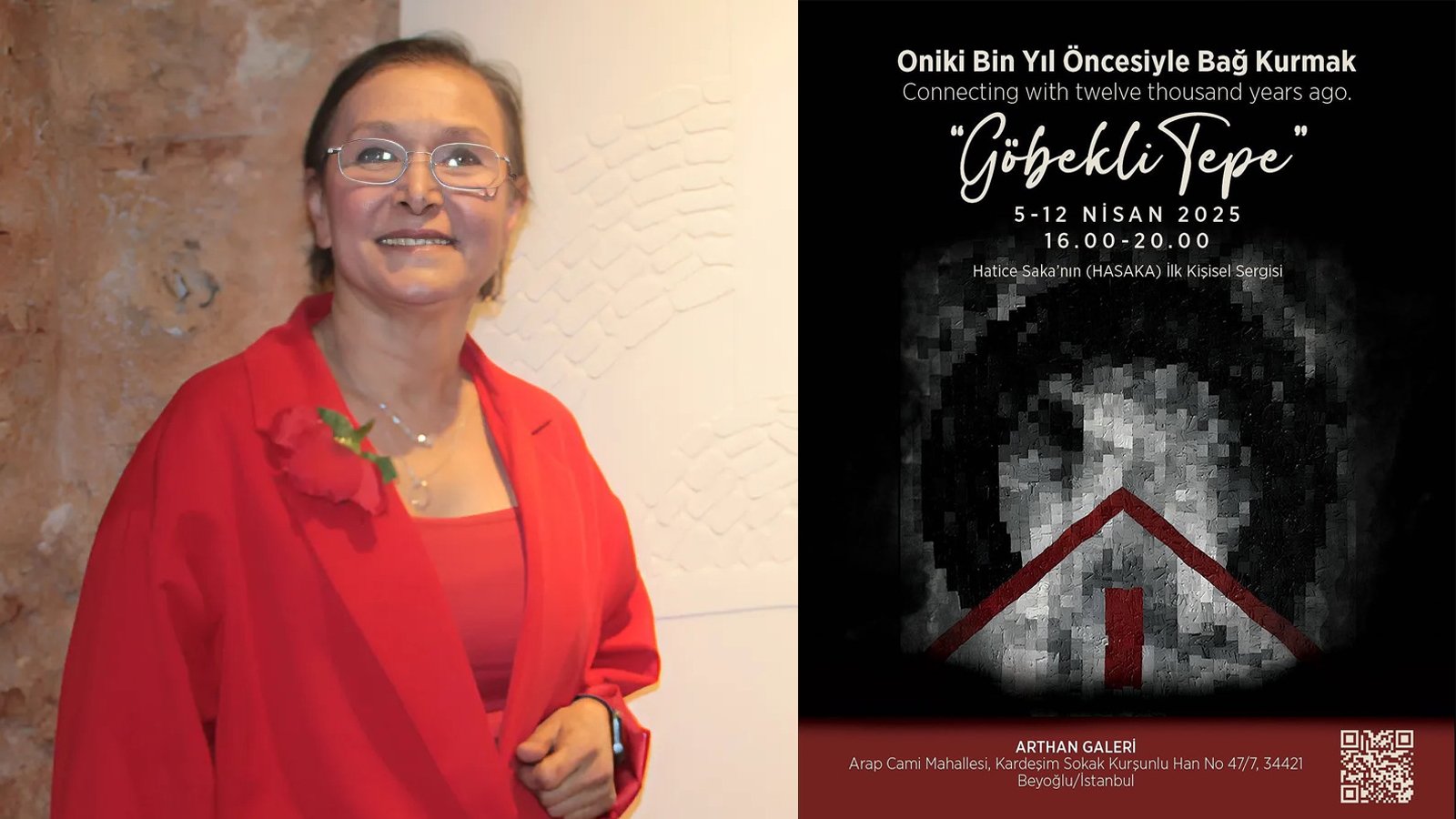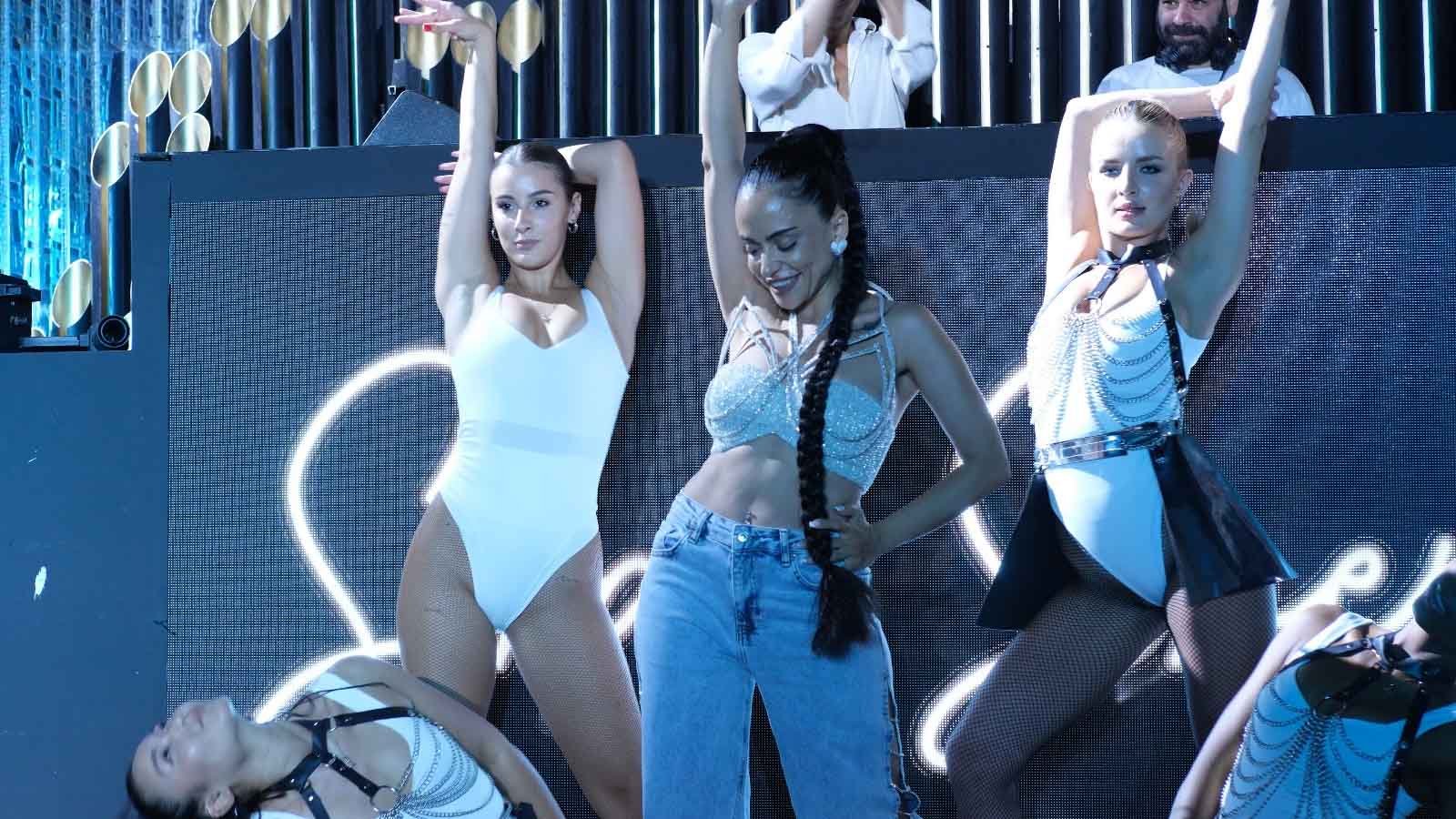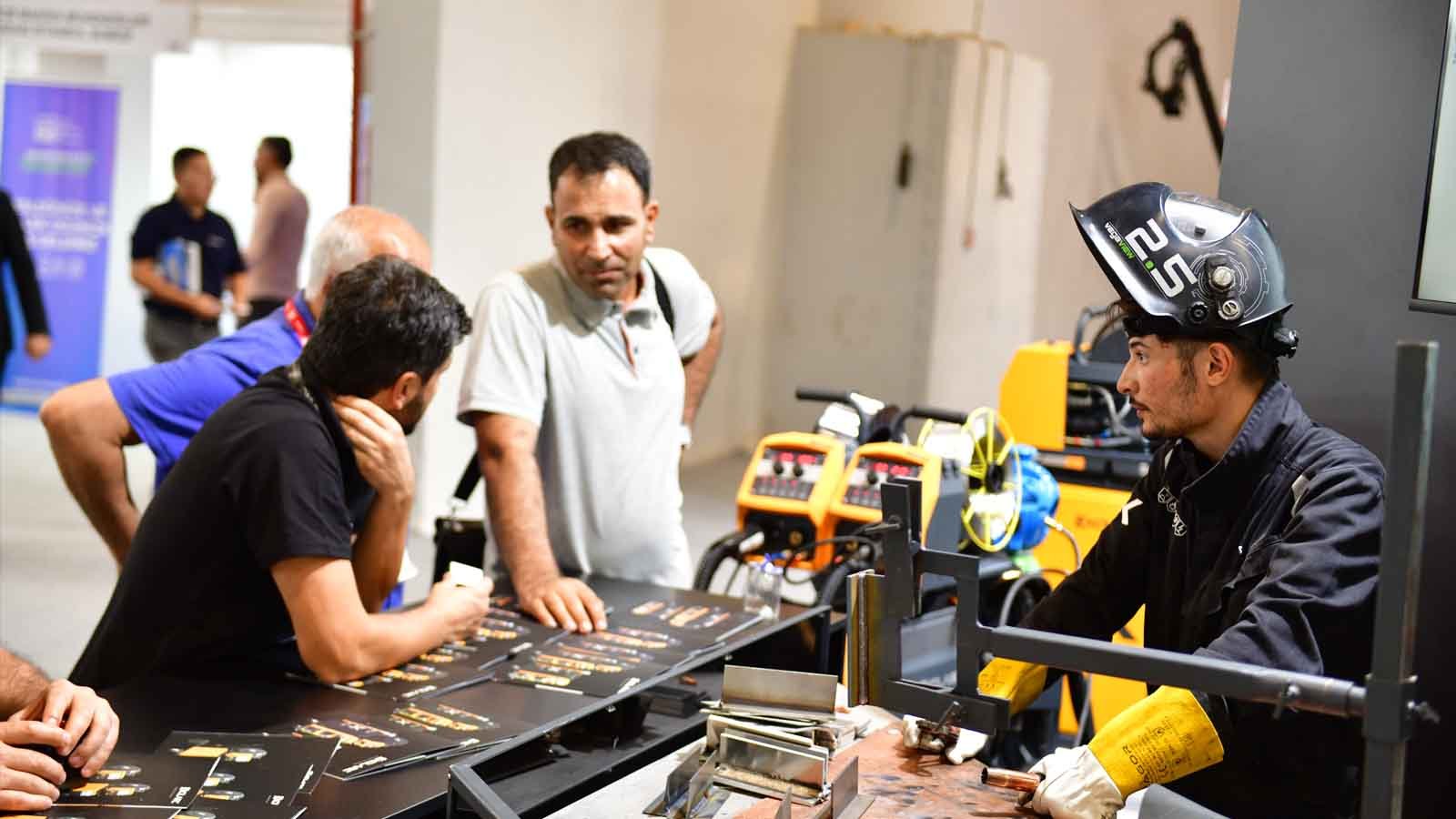Fashion and Culture | Clothing does not merely cover the body; it is also one of the ways individuals express their identities. The relationship between fashion and culture deeply influences how people are perceived and how they express themselves in the societies they inhabit. Clothing style is not just an aesthetic preference; it also reflects personal experiences, cultural values, and societal norms. In this article, we will explore how fashion and culture influence each other and how clothing style can impact an individual’s identity.
Cultural Impact of Fashion
Fashion doesn’t just express a style of clothing; it’s also a significant art and communication tool that reflects the cultural identity and history of societies. The fashion of each era reflects its values, social norms, and aesthetic understanding. The cultural impact of fashion helps individuals express their identities and sense of belonging, while also reflecting societal changes and evolutions.
Clothing styles have been created throughout history in different cultures using unique motifs, colors, patterns, and cuts. For instance, traditional clothing known as “sari” in Indian culture reflects India’s rich cultural heritage with its colorful fabrics and intricate embroideries. Similarly, the patterns and colors used in different regions of the African continent emphasize regional identities and histories, highlighting cultural diversity.
Moreover, by examining the evolution of fashion throughout history, we can understand societal changes. For example, changes in clothing such as women wearing pants and having short haircuts in the 1920s are considered reflections of the women’s rights and freedom movement. Similarly, the emergence of the punk fashion style was a rebellion of youth against the system and societal norms.
The cultural impact of fashion extends beyond just clothing styles. Accessories, makeup, and hairstyles are also forms of cultural expression. For instance, wearing nose rings in Hindu tradition is considered a traditional symbol, while certain jewelry and accessories maintain popularity in modern Western culture.

Role of Clothing Style in Identity Expression
An individual’s clothing style serves as a powerful tool for expressing their identity and presenting themselves to the external world. Clothing style is a significant means of communication, reflecting an individual’s preferences, values, cultural context, and even worldviews. Here are some points that shed light on the role of clothing style in identity expression:
Personal Expression and Self-Narrative: Clothing style is a way for an individual to express their own self. The chosen colors, cuts, styles, and accessories reflect personal aesthetics and inner self. How an individual wants to appear, what values they hold, and the impression they want to leave can all be communicated through clothing style.
Social Belonging and Group Identity: Clothing style is a way to show which community or group an individual belongs to. For example, someone who enjoys a specific genre of music might adopt the clothing style of that music’s subculture. This helps foster a sense of belonging and allows individuals to connect with like-minded people. From jerseys representing sports teams to garments reflecting a particular religious or ethnic identity, clothing style can express social belonging.
First Impressions and Perception: Clothing style plays a significant role in forming a first impression. The clothing choices of people we meet can help us quickly form initial judgments. For instance, someone who presents themselves in a professional manner might be perceived as valuing seriousness and organization. Color choices and combinations can also reflect personal attributes and emotional states.
Freedom of Expression and Empowerment: The ability to choose one’s clothing style provides individuals with a means of self-expression and celebrating their uniqueness. Fashion grants individuals a sense of control over who they are, which can boost self-confidence. Especially for those who embrace alternative clothing styles, standing out from traditional norms can highlight their identity and challenge societal constraints.
Social and Cultural Change: Clothing style can reflect societal and cultural changes. Fashion mirrors a society’s evolution and development by representing the era’s social, political, and cultural influences. For instance, changes in women’s clothing styles in conjunction with the rise of feminism might reflect progress in gender equality.

Intercultural Interaction and Fashion
Globalization, facilitated by increased communication and mobility worldwide, has accelerated interaction between different cultures. This interaction is notably visible in the fashion world. Clothing styles, motifs, fabrics, and design elements from different cultures, combined through international interaction, have given rise to new and unique fashion trends.
Features of Intercultural Fashion: Fusion Fashion Trends: Intercultural interaction often leads to fusion fashion trends that blend traditional and modern elements. For instance, combining traditional Indian patterns with modern cuts or merging African motifs with Western-style clothing are examples of intercultural fashion.
Diversity and Vibrancy: Intercultural fashion is characterized by a diverse range of colors and patterns stemming from the merging of different cultural clothing styles. This diversity breaks monotony and infuses vibrancy into the fashion world.
Cultural Sensitivity and Respect: Fashion designers and brands must understand and respect the cultures they draw inspiration from. Misinterpreting cultural symbols or religious motifs can be culturally insensitive and damaging.
Fashion and Social Communication: As intercultural fashion gains prominence, individuals can use it to introduce their cultures to other communities, enhancing social communication. Clothing styles become a means not only to express cultural identity but also to share and connect with diverse cultures.
Creativity and Innovation: Clothing styles and motifs from different cultures inspire designers with new and creative ideas, fostering continuous renewal and evolution in the fashion industry.

Examples of Intercultural Fashion:
Boho Style: The boho style is an example of blending Western and Eastern influences. It incorporates ethnic patterns, loose fits, and natural materials to create a unique appearance.
Japanese Street Fashion: The “Harajuku” style originating from Japan and influencing global fashion represents a blend of different cultures and subcultures. Colorful hair, various patterns, and bold combinations are characteristic of this style.
Fusion Wedding Attire: Wedding attire is a prime example of intercultural fashion. Combining motifs from different cultures in bridal wear can lead to beautiful and unique wedding dresses.
A key aspect of intercultural fashion is understanding and respecting different communities. This interaction not only brings people from around the world closer together but also celebrates and shares cultural diversity and richness.
Relationship between Fashion and Self-Confidence
The relationship between fashion and self-confidence is profound and affects an individual’s confidence, self-expression, and overall life experience. The impact of clothing style on self-confidence can be explained in the following ways:
Self-Expression: Fashion provides individuals with an opportunity to express themselves and create their personal styles. Reflecting their thoughts, emotions, and personal values through clothing helps establish a unique identity. Being able to express oneself positively impacts self-confidence.
Feeling Good: Dressing in alignment with one’s personal style can contribute to feeling good. Wearing clothes that suit one’s style can boost self-esteem. Feeling good about oneself enhances self-confidence, and this positive feeling translates into daily life.
External Appearance and Image: Clothing style influences an individual’s external appearance and image. Well-chosen clothing styles can create a more professional, attractive, or distinctive image. Looking good can increase self-confidence and contribute to more positive social interactions.
Confidence in Social Interactions: Self-confidence plays a pivotal role in social interactions. Confident individuals tend to communicate more comfortably, initiate conversations with new people, and express themselves more effectively within a community. Clothing style, by boosting self-confidence, facilitates more positive social interactions.
New Experiences: Changing clothing styles or experimenting with different styles exposes individuals to new experiences. These experiences allow individuals to step out of their comfort zones and explore different aspects of themselves. Overcoming challenges in new experiences can enhance self-confidence.
The relationship between fashion and culture is intricate and multifaceted. Clothing style is a means of expressing identity and reflecting cultural context. Fashion affects not only outward appearance but also inner emotions. Each clothing choice tells a story, combining personal preferences, thoughts, and cultural background. Fashion allows individuals to explore and express their identities while serving as a potent tool to celebrate and share cultural diversity.


































